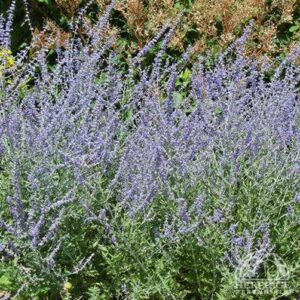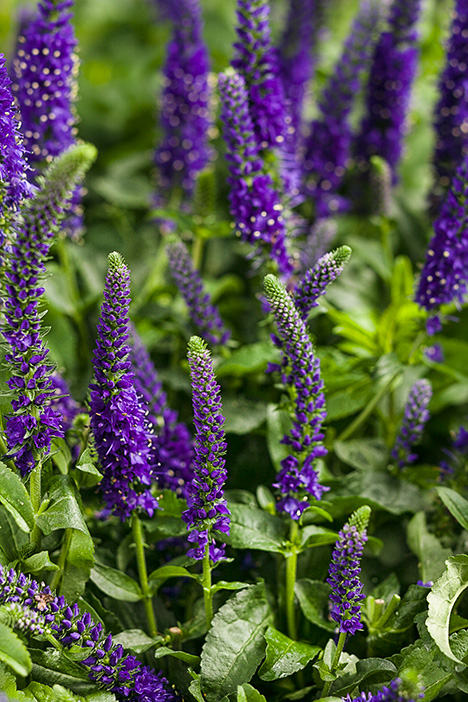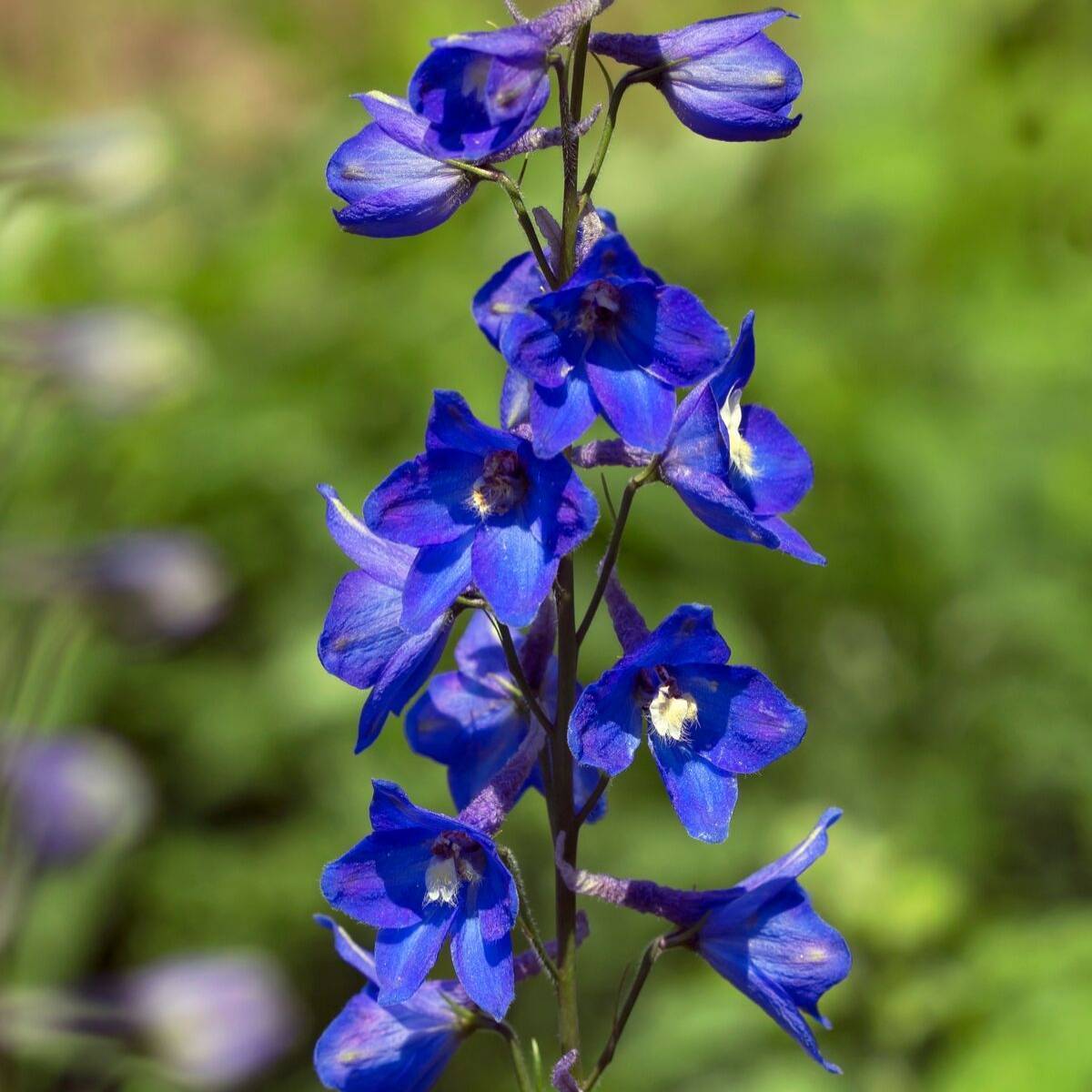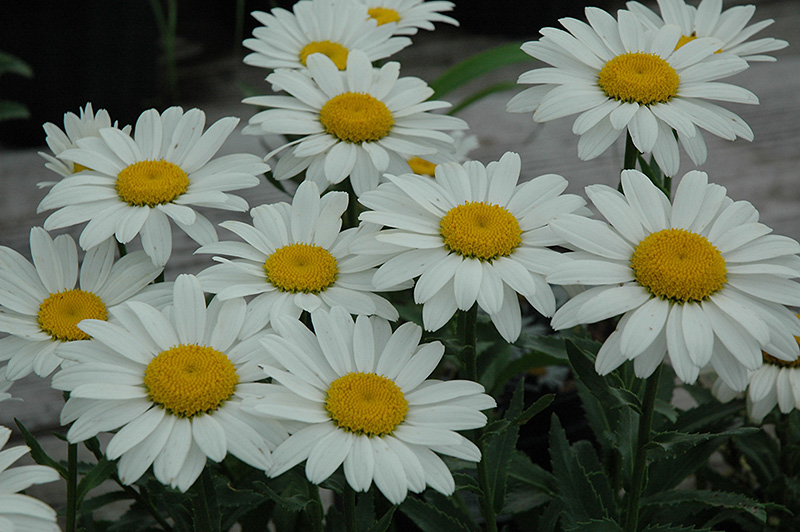Description
 Perovskia atriplicifolia
Perovskia atriplicifolia
Russian Sage
Russian Sage is a woody-based perennial of the mint family which typically grows 2-4′ (less frequently to 5′) tall and features finely-dissected, aromatic (when crushed), gray-green leaves on stiff, upright, square stems and whorls of two-lipped, tubular, light blue flowers tiered in branched, terminal panicles (12-15″ high). Long summer bloom period. Perennial Plant Association Plant of the Year (1995).
Zone: 5 to 9
Height: 3.00 to 5.00 feet
Spread: 2.00 to 4.00 feet
Bloom Time: July to October
Bloom Description: Lavender / blue
Sun: Full sun
Water: Dry to medium
Maintenance: Low
Flower: Showy
Leaf: Fragrant
Tolerate: Rabbit, Deer, Drought, Clay Soil, Dry Soil, Air Pollution




Reviews
There are no reviews yet.